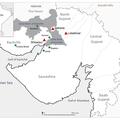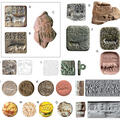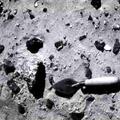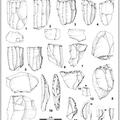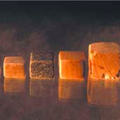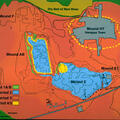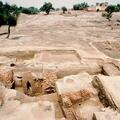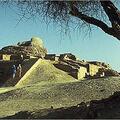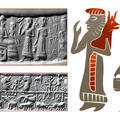Integrating Lipid and Starch Grain Analyses From Pottery Vessels to Explore Prehistoric Foodways in Northern Gujarat, India
A solid foray into the question of what the ancient Indus people, at least in Gujarat, cooked and ate, and how that might have changed after the civilization seems to have declined.

